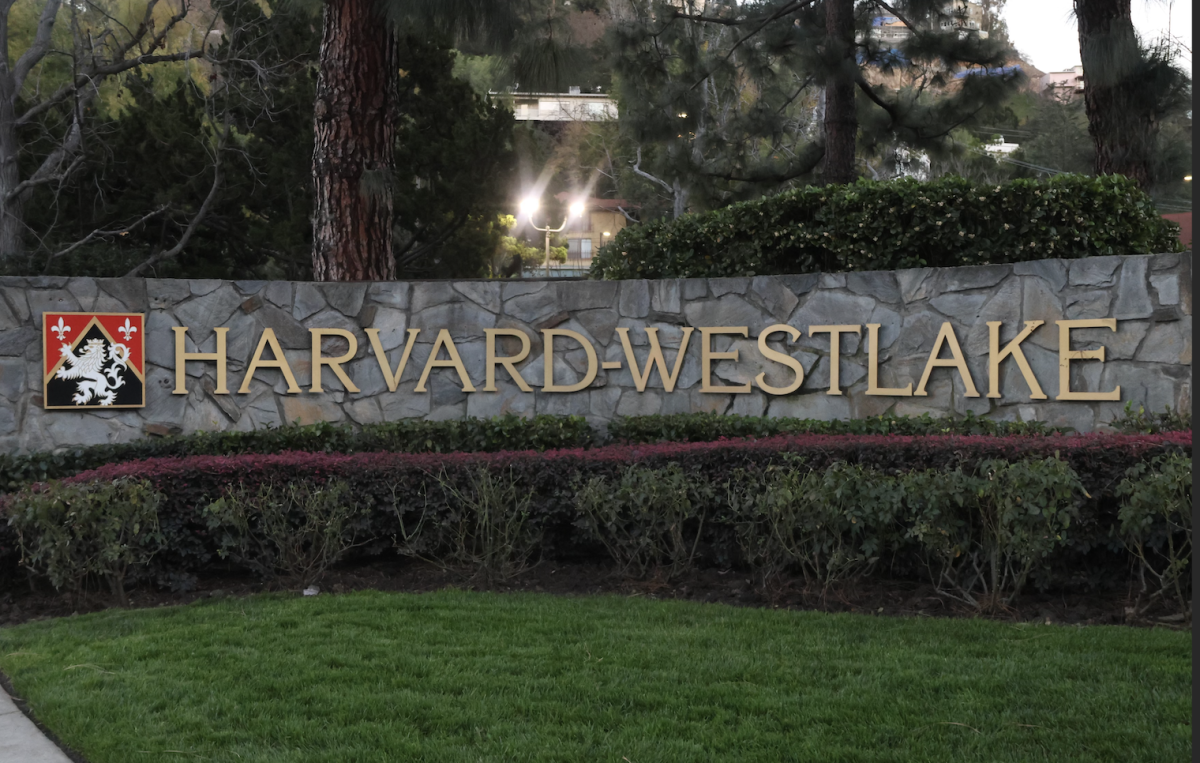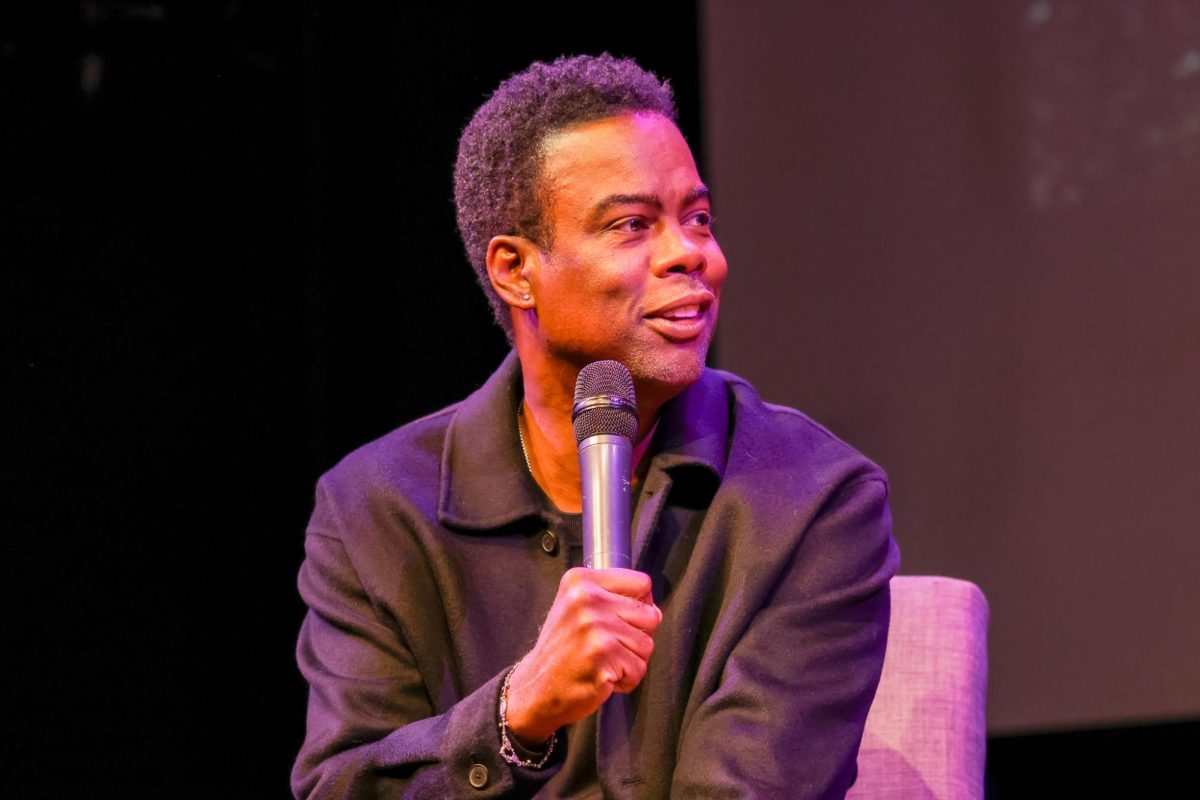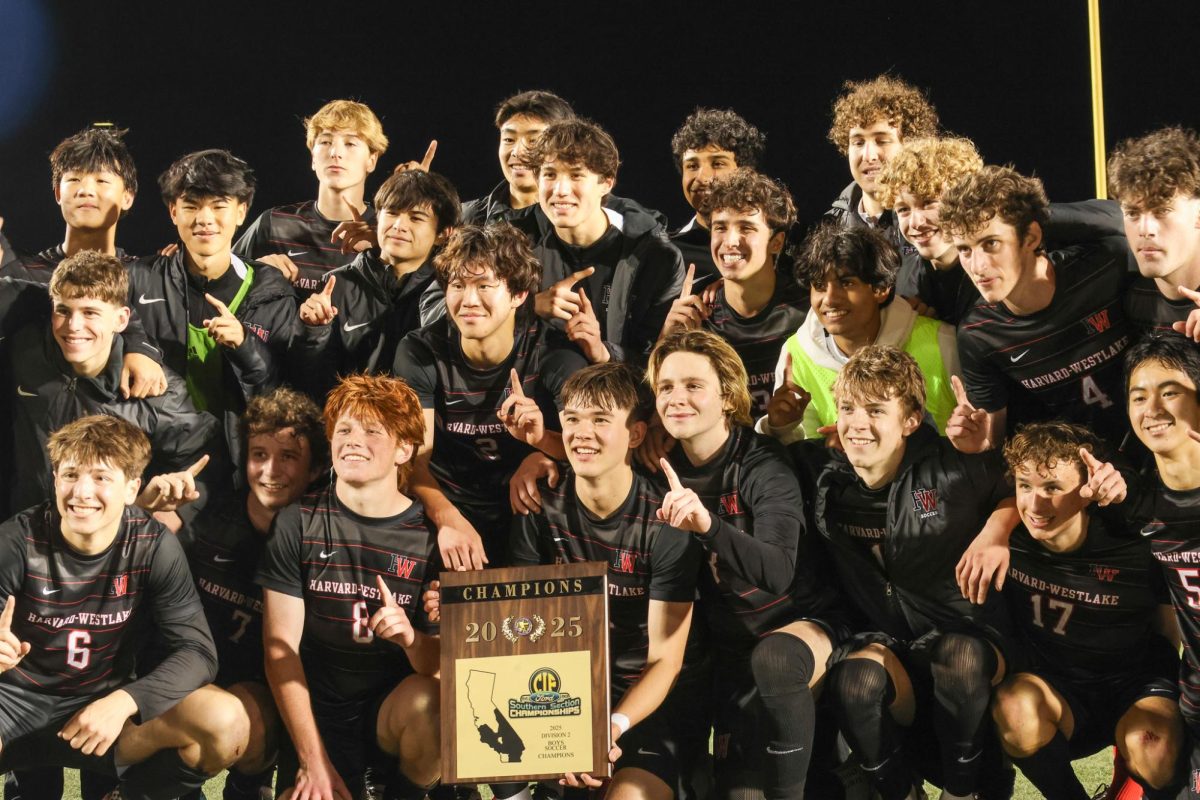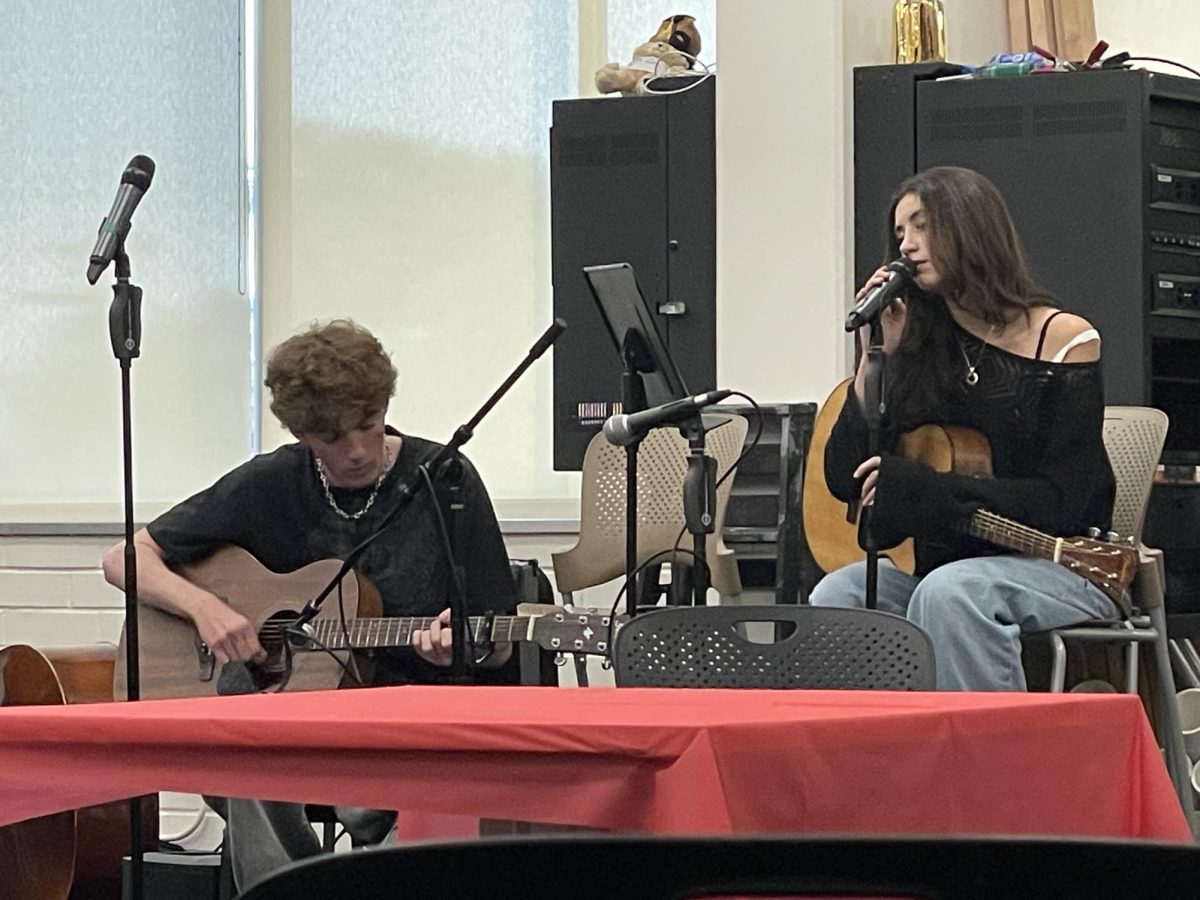Students traveled to San Diego and Tijuana, Mexico for a joint video art and photography storytelling trip about the struggles and conflict of those who live near the Mexican-American border.
Students began by traveling to San Diego before crossing the border where they toured No Man’s Land, the area between the American and Mexican border, and several parks in Mexico. Students also talked and interviewed people affected or involved in the strict protection of the border including border agents, a deported mothers group and deported veterans.
All students worked on self directed projects alone or in groups.
Photography student Grace Swift ’19 mentioned that the trip to No Man’s Land was particularly eye opening because it added a human element to border patrol.
“We talked to them a lot about their moral crises,” Swift said. “[For example] if you find a family of four and there’s children and you don’t want to send them back but you have to and that is part of your job.”
Swift also said that the trip opened her up to new moral questions as photographers and videographers and what is ethical to capture.
“We were witnessing really sensitive moments of like families reconnecting after a really long time through the wall and are we able to capture that?”
Students also ate dinner and talked with with migrants in the Casas del Migrante, a humanitarian organization that provides basic assistance to those who have been recently deported. Gaulke said many students called the dinner one of their favorite parts of the trip.
Upper School Visual Arts Department head Cheri Gaulke highlighted a trip to Friendship Park, a park in which people on either side of the border can touch and talk to family members on the other side of the border.
“The grid in the fence is so tight that all you can fit through is a pinkie,” Gaulke said. “They actually touch, they call them pinkie kisses.”
Gaulke said that all of the Digital Storytelling Adventure trips focus on countries recovering from conflict and that it was a no-brainer to plan a trip to Mexico.
“We are so close to the border and we all benefit in our lives by these people that are this sort of unseen economy that is working here, and yet we don’t really know them and we don’t know their stories,” Gaulke said.
Students left for the trip on Jan 11 after school and returned on Jan 15. Gaulke said that students will likely screen their projects in late Febuary or early March.



































